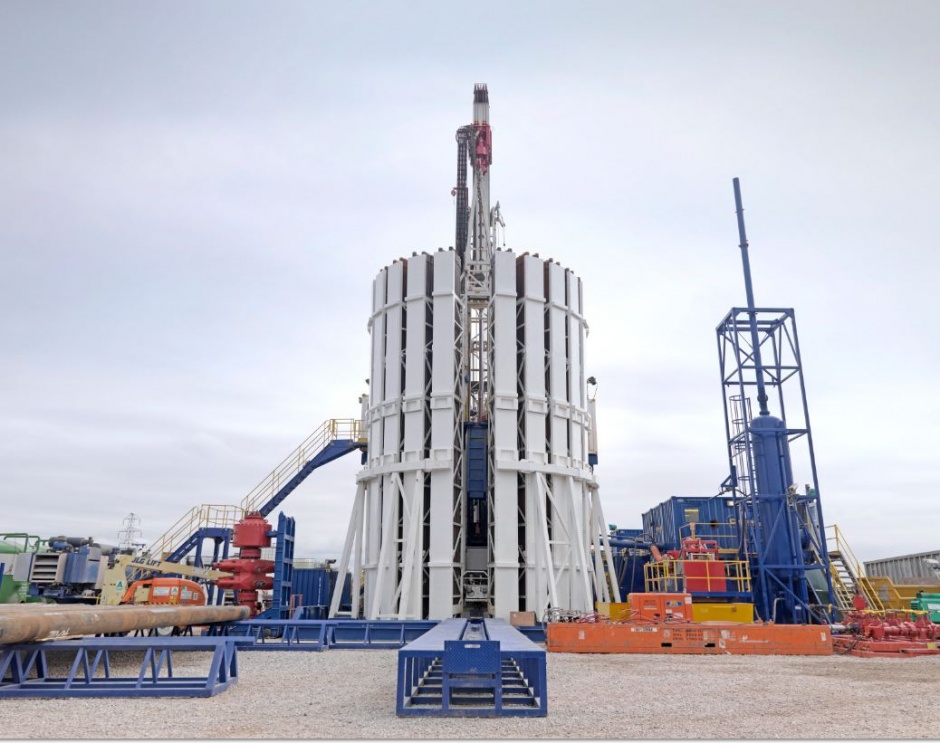Carbon dioxide could be locked underground in hunt for natural gas
Carbon dioxide could be captured and permanently stored, while at the same time enhancing the recovery of natural gas from shale reservoirs.

Shale gas production, in which natural gas trapped within shale formations is released after a process known as hydraulic fracturing - or fracking - has become an increasingly important source of energy in the US in recent years.
Many countries, including the UK and China, hope also to pursue this unconventional source of natural gas.
But despite around twenty years of commercial shale gas extraction in the US, very little is known about the flow of gas through the ultra-tight porous environment of shale formations, according to Dr Lei Wu at Strathclyde University.
Now Wu is leading an EPSRC-funded project to investigate this process, with the aim of using CO2 to enhance the recovery of shale gas from geological reservoirs.
After around 10-20 years of shale extraction, when the tail production cannot cover the operational costs, the conventional procedure is to seal the wells forever. However, in a recent field experiment in Tennessee in the US, carbon dioxide was used in a shale reservoir to further increase the production of methane, said Wu.
Register now to continue reading
Thanks for visiting The Engineer. You’ve now reached your monthly limit of news stories. Register for free to unlock unlimited access to all of our news coverage, as well as premium content including opinion, in-depth features and special reports.
Benefits of registering
-
In-depth insights and coverage of key emerging trends
-
Unrestricted access to special reports throughout the year
-
Daily technology news delivered straight to your inbox










Water Sector Talent Exodus Could Cripple The Sector
Maybe if things are essential for the running of a country and we want to pay a fair price we should be running these utilities on a not for profit...